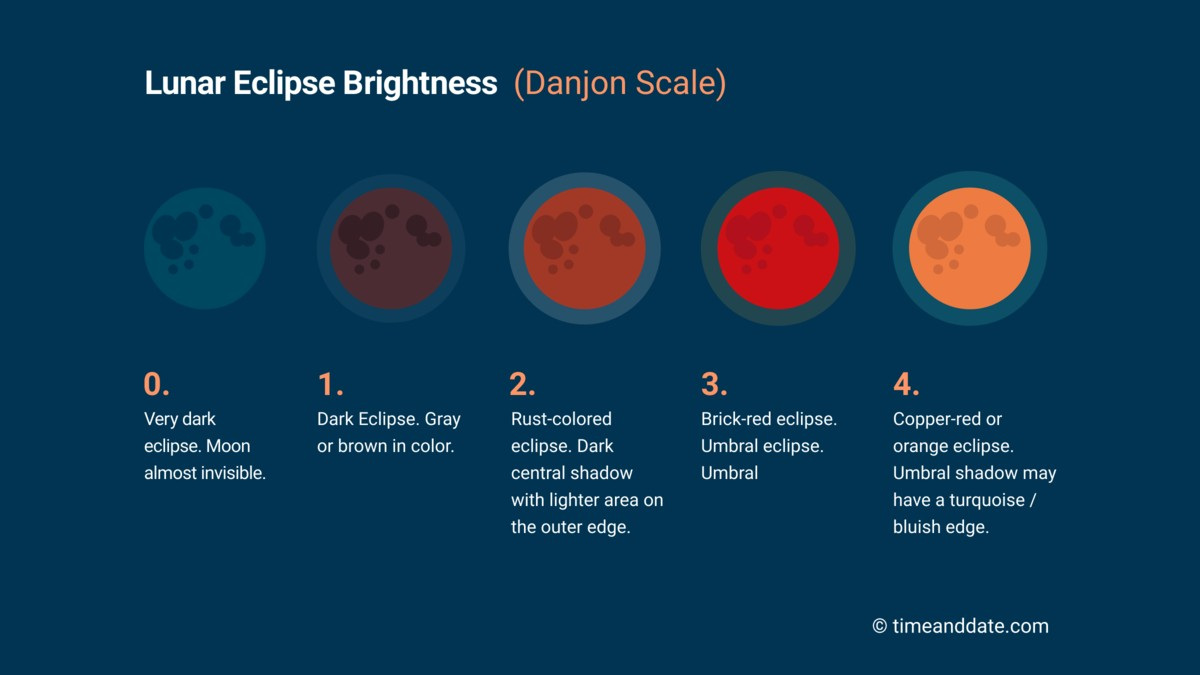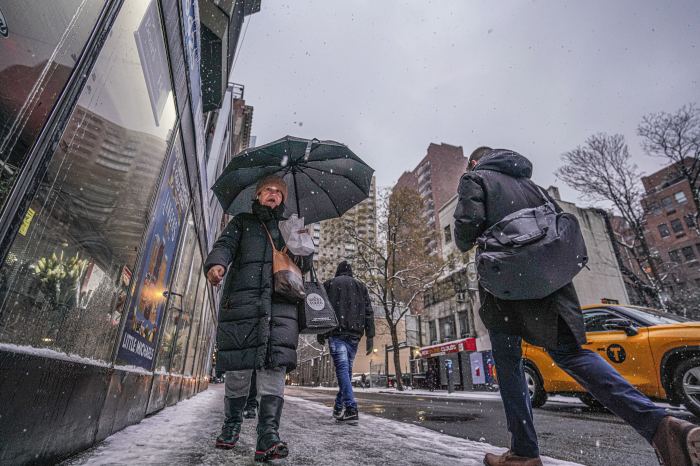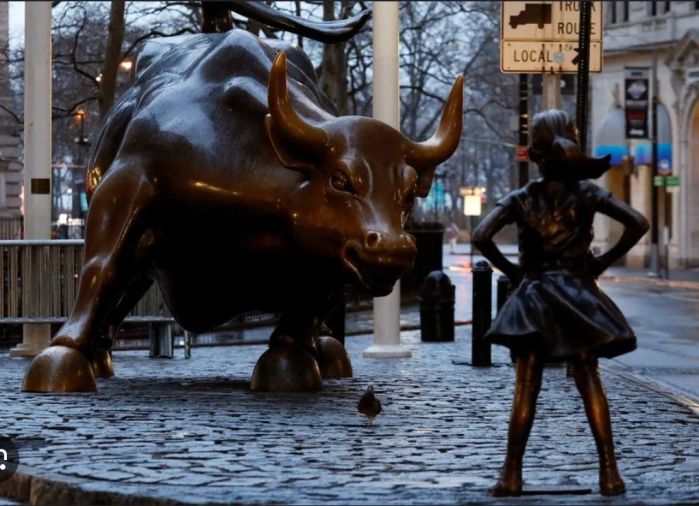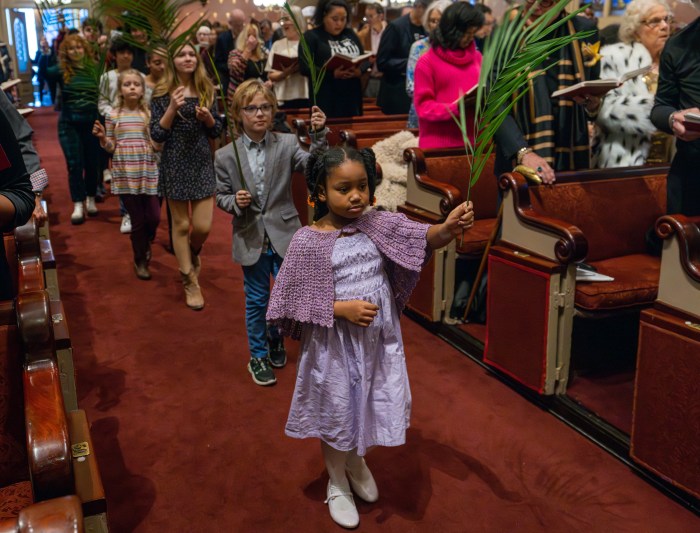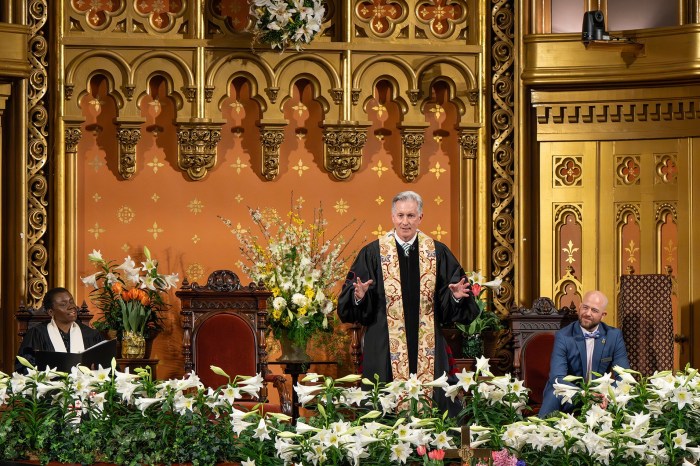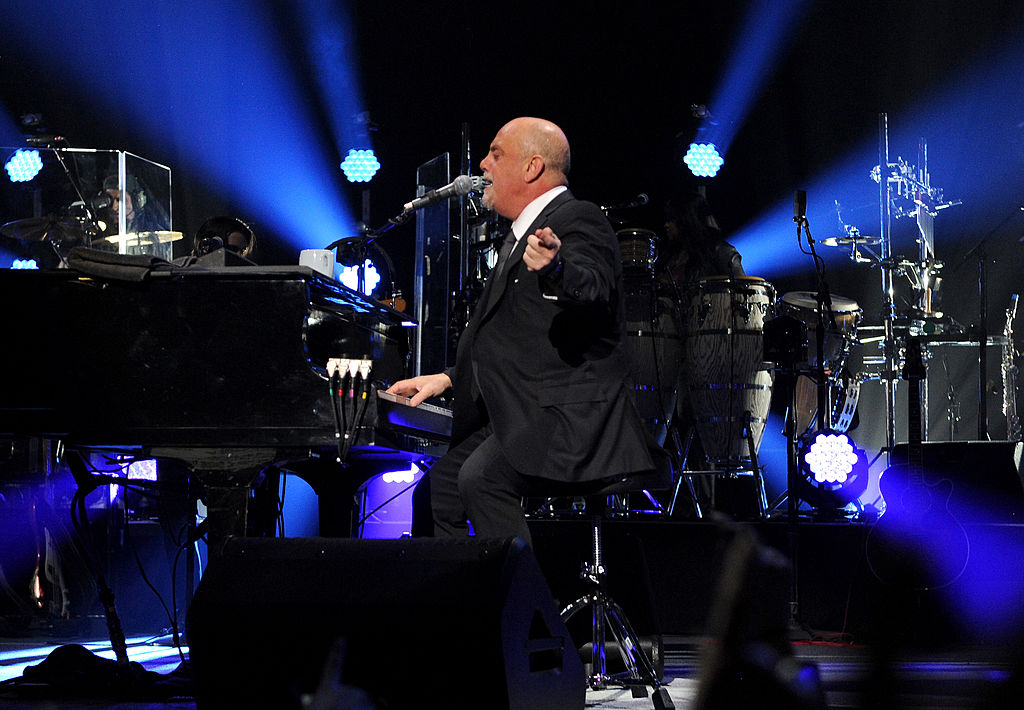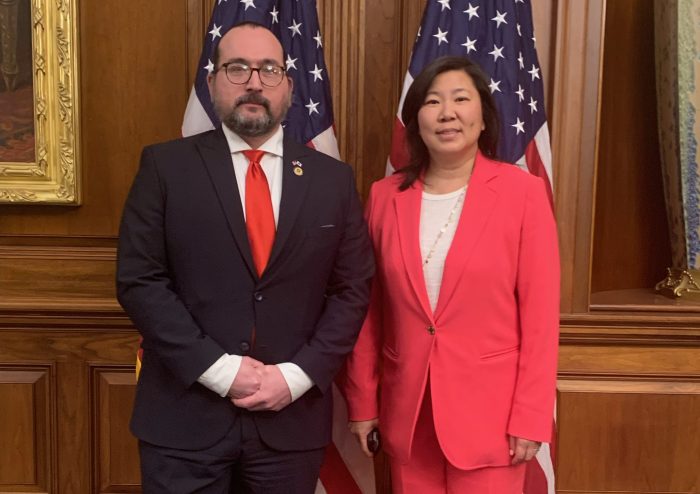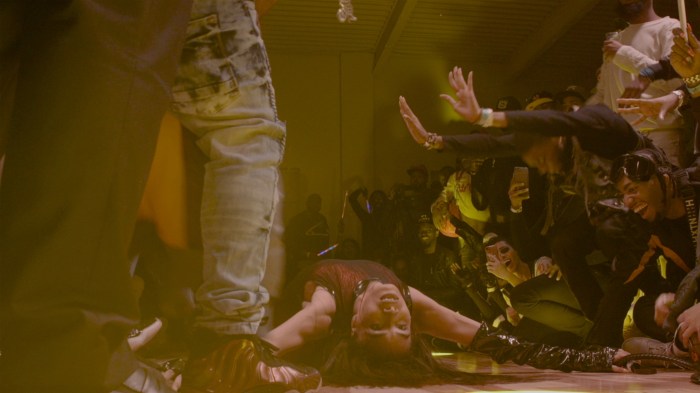On March 13–14, we will experience the first total lunar eclipse in almost two and a half years.
According to our calculations, just over one billion people in the US, Canada, and the rest of North and South America are perfectly situated to see the Full Moon turn a shade of red for over an hour of totality. Note: This number is weather-dependent.
What Is a Total Lunar Eclipse?
A total lunar eclipse happens when the Sun, Earth, and Moon align, and Earth casts its darkest shadow, called the umbra, on the Moon. However, because the sunlight scatters through Earth’s atmosphere, the Moon doesn’t go completely dark but turns a reddish-orange color. This is why total lunar eclipses are sometimes known as Blood Moons.
Moonrise and Set in Some Locations
In western parts of Europe, it is a moonset eclipse, meaning the Moon will be setting below the horizon during parts of the eclipse in some locations. In Australia and New Zealand, it is a moonrise eclipse, so the Moon will be rising up from the horizon during the eclipse.
A totally eclipsed Moon can be difficult to spot when it is close to the horizon around moonrise or moonset. This is because—as well as turning the Moon reddish—Earth’s dark shadow also makes the Moon much dimmer.
timeanddate.com will livestream the event with the help of our on the ground mobile observatory, global partners, and long-time co-hosts, who have been hosting our live shows since 2017.
The live show starts at 05:00 UTC on Friday, March 14—that’s 1 am in New York (01:00 EDT), 5 am in London (05:00 GMT), and 4 pm in Sydney (16:00 AEDT).



